Large-winged Insects
Recently a superorder, Neuropterida, comprised of a diverse group of insects with large, membranous wings, was created by including 3 existing sub-orders and elevating each to separate orders. The new orders are: Neuroptera (formerly called Planipennia) includes lacewings, antlions owlflies and dustywings; Megaloptera includes alderflies, dobsonflies and fishflies; and Raphidiodea includes snakeflies.
The order Neuroptera includes the nerve-winged insects. Lacewings are named for the netlike pattern of the wing veins. The adults are delicate and range in size from 1/2 inch to about 1 1 /2 inches. There are about 338 species and 15 families in North America. The larvae are predaceous, as well as most of the adults, and they are valuable in keeping pests, such as aphids, under control. Owlflies (Ascalaphidae) are large flying insects resembling dragonflies. They differ from dragonflies by having small heads with large eyes and long, clubbed antennae. There are six species in North America. The larvae disguise themselves with sand and debris which they cement to their bodies. They lie in wait on the ground with open jaws for prey. Dustywings are tiny and so much smaller than the other members of the order that they are probably overlooked most of the time.
Scorpionflies (Panorpidae) and Hangingflies (Bittacidae) are in the order Mecoptera and undergo complete metamorphosis. Scorpionflies are named for the abdomen of the males which looks like the tail of a scorpion. There are 54 species in North America all in the genus Panorpa. Both larvae and adults scavenge for dead insects, while adults sometimes feed on prey in spider webs. Scorpionflies do not sting and are completely harmless. Hangingflies have prehensile feet which cannot stand on flat surfaces. They hang from twigs or vegetation by their front and middle feet and use their hind feet to capture prey. They closely resemble Craneflies, but they have 4 wings and do not have halteres.
Disclaimer: The content of NatureSearch is provided by dedicated volunteer Naturalists of Fontenelle Forest who strive to provide the most accurate information available. Contributors of the images retain their copyrights. The point of contact for this page is: Loren Padelford.
-
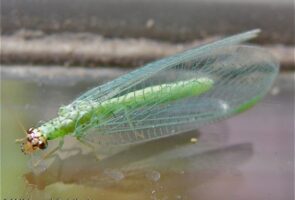 GOLDEN-EYED LACEWING
GOLDEN-EYED LACEWING
-
 BROWN LACEWING
BROWN LACEWING
-
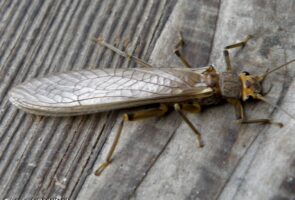 COMMON STONEFLY sp.
COMMON STONEFLY sp.
-
 NEBRASKA STONEFLY
NEBRASKA STONEFLY
-
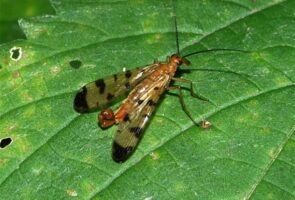 SCORPIONFLY
SCORPIONFLY
-
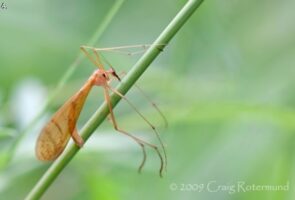 BITTACUS HANGINGFLY
BITTACUS HANGINGFLY
-
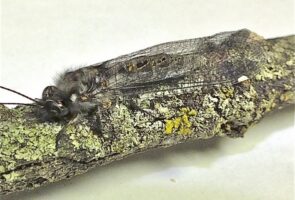 OWLFLY
OWLFLY
-
 EASTERN DOBSONFLY
EASTERN DOBSONFLY
-
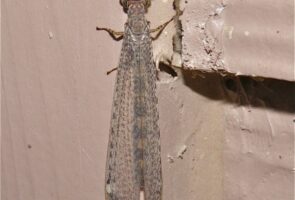 ANTLION
ANTLION
-
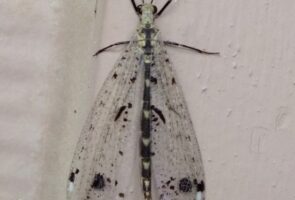 SPOTTED-WINGED ANTLION
SPOTTED-WINGED ANTLION
-
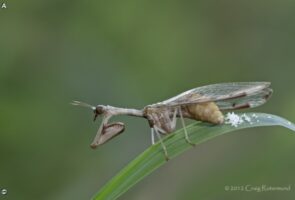 MANTISFLY
MANTISFLY
-
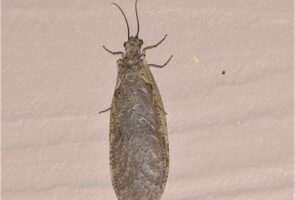 SPRING FISHFLY
SPRING FISHFLY
-
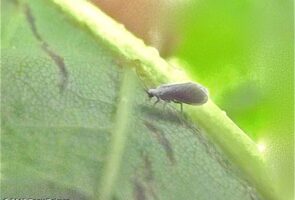 DUSTYWINGS
DUSTYWINGS
